Home>Gardening & Outdoor>Landscaping Ideas>How Soon To Mow New Grass
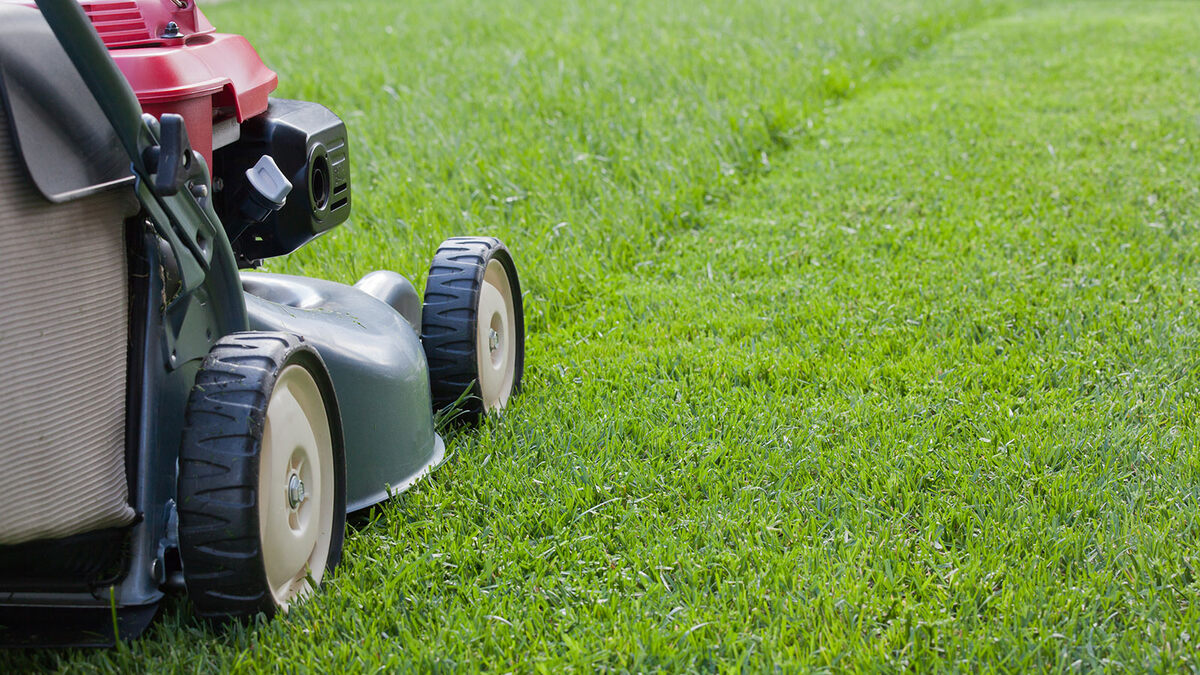

Landscaping Ideas
How Soon To Mow New Grass
Published: January 28, 2024
Discover the best landscaping ideas for mowing new grass at the right time. Learn expert tips for maintaining your lawn and achieving a lush, healthy yard.
(Many of the links in this article redirect to a specific reviewed product. Your purchase of these products through affiliate links helps to generate commission for Storables.com, at no extra cost. Learn more)
Best Time to Mow New Grass
Mowing new grass at the right time is crucial for establishing a healthy and vibrant lawn. The best time to mow new grass is when it reaches a height of around 3 to 4 inches. This typically occurs about 2 to 3 weeks after seeding or laying sod. It's important to allow the grass to grow to this height before mowing to ensure that the roots have established firmly in the soil.
Mowing too early can stress the grass and hinder its growth, while waiting too long can lead to overgrown and uneven turf. By mowing at the optimal height, you encourage the development of a strong root system and promote the overall health of the grass.
Additionally, the time of day can also impact the mowing process. It's best to mow new grass in the late morning or early afternoon when the dew has dried but before the heat of the day sets in. Mowing during these times helps prevent the grass from being stressed by the midday sun and allows it to recover quickly.
Understanding the growth patterns of the specific grass species in your lawn is essential for determining the best time to mow. For instance, cool-season grasses such as Kentucky bluegrass and fescue should be mowed when they reach the recommended height, while warm-season grasses like Bermuda grass and Zoysia grass have their own optimal mowing times based on their growth habits.
By paying attention to these factors and mowing at the right time, you can promote healthy growth, maintain an even lawn, and contribute to the long-term vitality of your new grass.
Key Takeaways:
- Mow new grass when it’s 3-4 inches tall, about 2-3 weeks after seeding. This helps roots establish and promotes a healthy lawn. Mow in late morning or early afternoon for best results.
- Before mowing new grass, consider grass height, soil moisture, weather, blade sharpness, and grass species. Following these tips promotes healthy growth and a vibrant lawn.
Read more: How Soon To Fertilize New Grass
Factors to Consider Before Mowing New Grass
Before firing up the lawnmower and diving into the task of mowing new grass, it's essential to consider several factors that can significantly impact the health and appearance of your lawn. Understanding these key elements will help you make informed decisions and ensure that the mowing process contributes to the overall well-being of your grass.
1. Grass Height: The height of the grass is a crucial factor to consider before mowing. New grass should ideally reach a height of 3 to 4 inches before the first mowing. Allowing the grass to attain this height ensures that the roots have established firmly in the soil, promoting a strong and healthy foundation for the lawn.
2. Soil Moisture: Checking the moisture level of the soil is vital before mowing new grass. Mowing on overly wet soil can lead to soil compaction and damage the delicate new grass. Conversely, mowing on extremely dry soil can cause stress to the grass and hinder its growth. It's best to mow when the soil is slightly dry to prevent clumping and ensure a clean cut.
3. Weather Conditions: Assessing the weather conditions is crucial before mowing new grass. Mowing during excessively hot or dry periods can stress the grass, while mowing when it's too wet can lead to clumping and an uneven cut. Choosing a day with mild temperatures and moderate humidity can optimize the mowing process and minimize potential stress on the grass.
4. Mower Blade Sharpness: Before mowing new grass, it's important to ensure that the mower blades are sharp. Dull blades can tear the grass instead of providing a clean cut, leading to a ragged appearance and making the grass more susceptible to diseases. Sharp blades promote healthier grass by creating clean cuts that facilitate faster healing and regrowth.
5. Grass Species: Understanding the specific grass species in your lawn is essential for determining the best mowing practices. Different grass types have varying growth habits and ideal mowing heights. For instance, cool-season grasses such as Kentucky bluegrass and fescue have different mowing requirements compared to warm-season grasses like Bermuda grass and Zoysia grass.
By carefully considering these factors before mowing new grass, you can set the stage for a successful mowing experience that promotes the health, vigor, and visual appeal of your lawn. Paying attention to these details demonstrates a proactive approach to lawn care and contributes to the long-term well-being of your new grass.
Wait until the new grass reaches a height of 3-4 inches before mowing for the first time. This allows the roots to establish and the grass to become stronger.
Tips for Mowing New Grass
Mowing new grass is a crucial aspect of lawn care that directly impacts the health, appearance, and long-term vitality of your lawn. By following these essential tips, you can ensure that the mowing process contributes to the overall well-being of your new grass:
-
Mow at the Right Height: Set your mower to the recommended height for the specific grass species in your lawn. For most grass types, a mowing height of 3 to 4 inches is ideal for promoting healthy growth and maintaining a lush appearance.
-
Avoid Scalping: Scalping, or cutting the grass too short, can stress the new grass and hinder its ability to develop a strong root system. It's important to adhere to the recommended mowing height to prevent scalping and promote optimal growth.
-
Use a Sharp Blade: Ensure that your mower blade is sharp to provide a clean cut. Dull blades can tear the grass, leading to a ragged appearance and making the grass more susceptible to diseases. Regularly sharpening or replacing the mower blade is essential for maintaining a healthy lawn.
-
Follow the One-Third Rule: Adhere to the one-third rule, which recommends removing only one-third of the grass blade length during each mowing session. This practice prevents stress on the grass and encourages a healthier, more resilient lawn.
-
Alternate Mowing Patterns: Varying the mowing direction and pattern with each mowing session can help prevent soil compaction and promote upright grass growth. Alternating the mowing pattern also contributes to a more even and aesthetically pleasing lawn.
-
Mow When the Grass is Dry: Mowing new grass when it's dry prevents clumping and ensures a cleaner cut. Wet grass can clog the mower and lead to an uneven mowing experience. Waiting for the dew to dry before mowing is recommended for optimal results.
-
Leave Clippings on the Lawn: Consider leaving grass clippings on the lawn after mowing. Grass clippings act as a natural fertilizer, returning valuable nutrients to the soil and promoting healthy grass growth. This practice also reduces the need for additional fertilization.
-
Regular Maintenance: Establish a regular mowing schedule based on the growth rate of your grass. Consistent mowing helps maintain an even lawn and prevents the grass from becoming overgrown, which can lead to a weakened root system.
By implementing these tips for mowing new grass, you can contribute to the establishment of a thriving, vibrant lawn that enhances the beauty of your outdoor space. These practices not only promote the health and resilience of your new grass but also contribute to a visually appealing and well-maintained lawn.
Common Mistakes to Avoid When Mowing New Grass
Mowing new grass is a critical aspect of lawn care, and avoiding common mistakes is essential to promote the health and vitality of your lawn. By steering clear of these pitfalls, you can ensure that the mowing process contributes to the long-term well-being of your new grass.
-
Mowing with Dull Blades: One of the most common mistakes when mowing new grass is using dull mower blades. Dull blades tear the grass instead of providing a clean cut, resulting in a ragged appearance and making the grass more susceptible to diseases. Regularly sharpening or replacing the mower blades is crucial for maintaining a healthy lawn.
-
Mowing Too Short: Scalping, or cutting the grass too short, can stress the new grass and hinder its ability to develop a strong root system. It's important to adhere to the recommended mowing height for your specific grass species to prevent scalping and promote optimal growth.
-
Mowing When the Grass is Wet: Mowing new grass when it's wet can lead to clumping and an uneven cut. Wet grass can also clog the mower, resulting in a less effective mowing experience. Waiting for the dew to dry before mowing is essential to ensure a cleaner cut and prevent potential damage to the grass.
-
Ignoring the One-Third Rule: Failing to follow the one-third rule, which recommends removing only one-third of the grass blade length during each mowing session, can stress the grass and hinder its growth. Adhering to this rule promotes healthier, more resilient grass and contributes to the overall well-being of the lawn.
-
Infrequent Mowing: Allowing the grass to become overgrown before mowing can lead to a weakened root system and an uneven lawn. Establishing a regular mowing schedule based on the growth rate of your grass is essential for maintaining an even and healthy lawn.
-
Neglecting Alternate Mowing Patterns: Mowing in the same direction and pattern every time can lead to soil compaction and uneven grass growth. Varying the mowing direction with each session helps prevent these issues and contributes to a more aesthetically pleasing lawn.
By avoiding these common mistakes when mowing new grass, you can actively contribute to the establishment of a thriving and visually appealing lawn. These proactive measures not only promote the health and resilience of your new grass but also enhance the overall beauty of your outdoor space.
Frequently Asked Questions about How Soon To Mow New Grass
Was this page helpful?
At Storables.com, we guarantee accurate and reliable information. Our content, validated by Expert Board Contributors, is crafted following stringent Editorial Policies. We're committed to providing you with well-researched, expert-backed insights for all your informational needs.
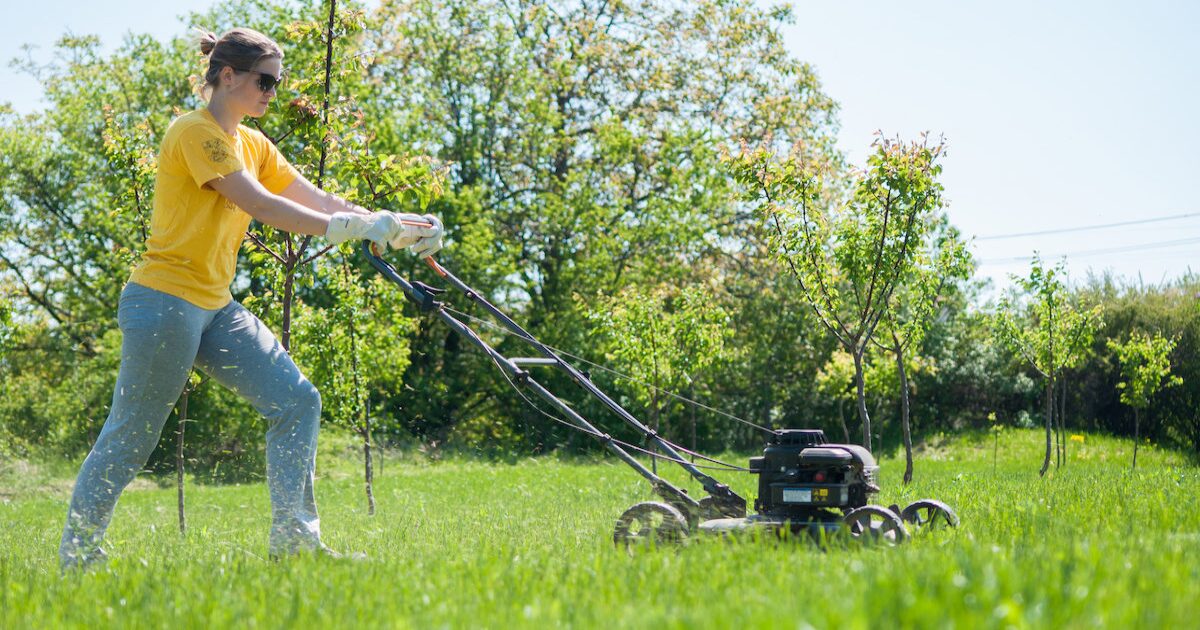
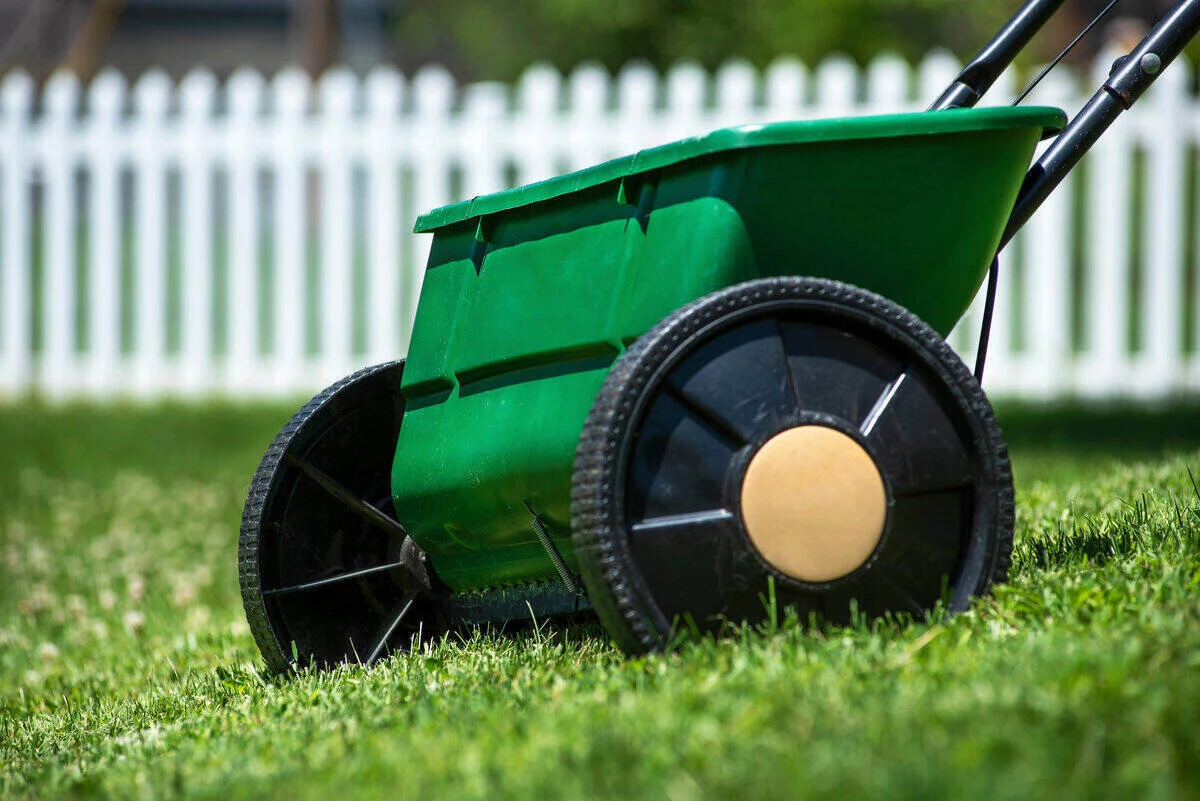
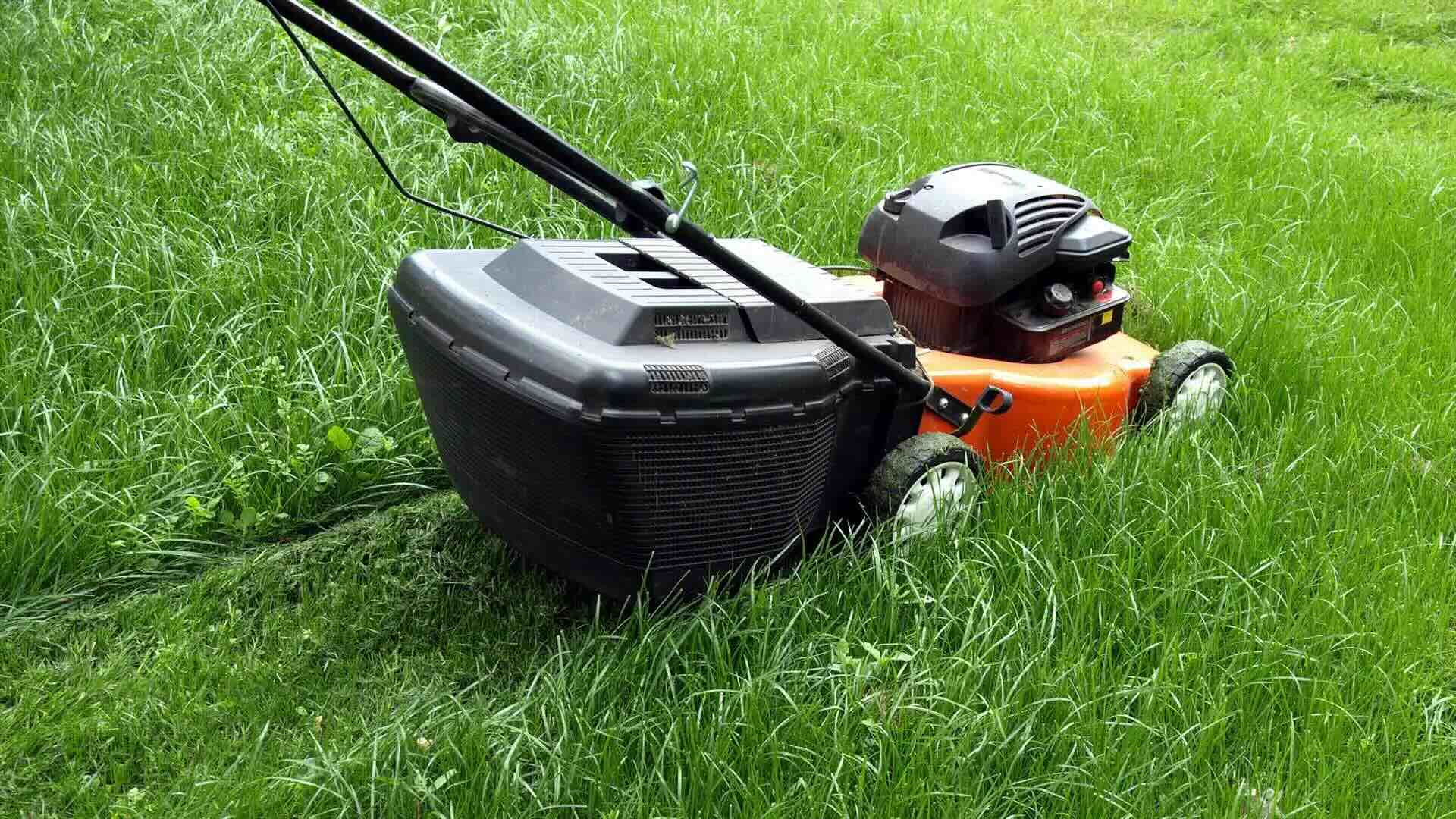
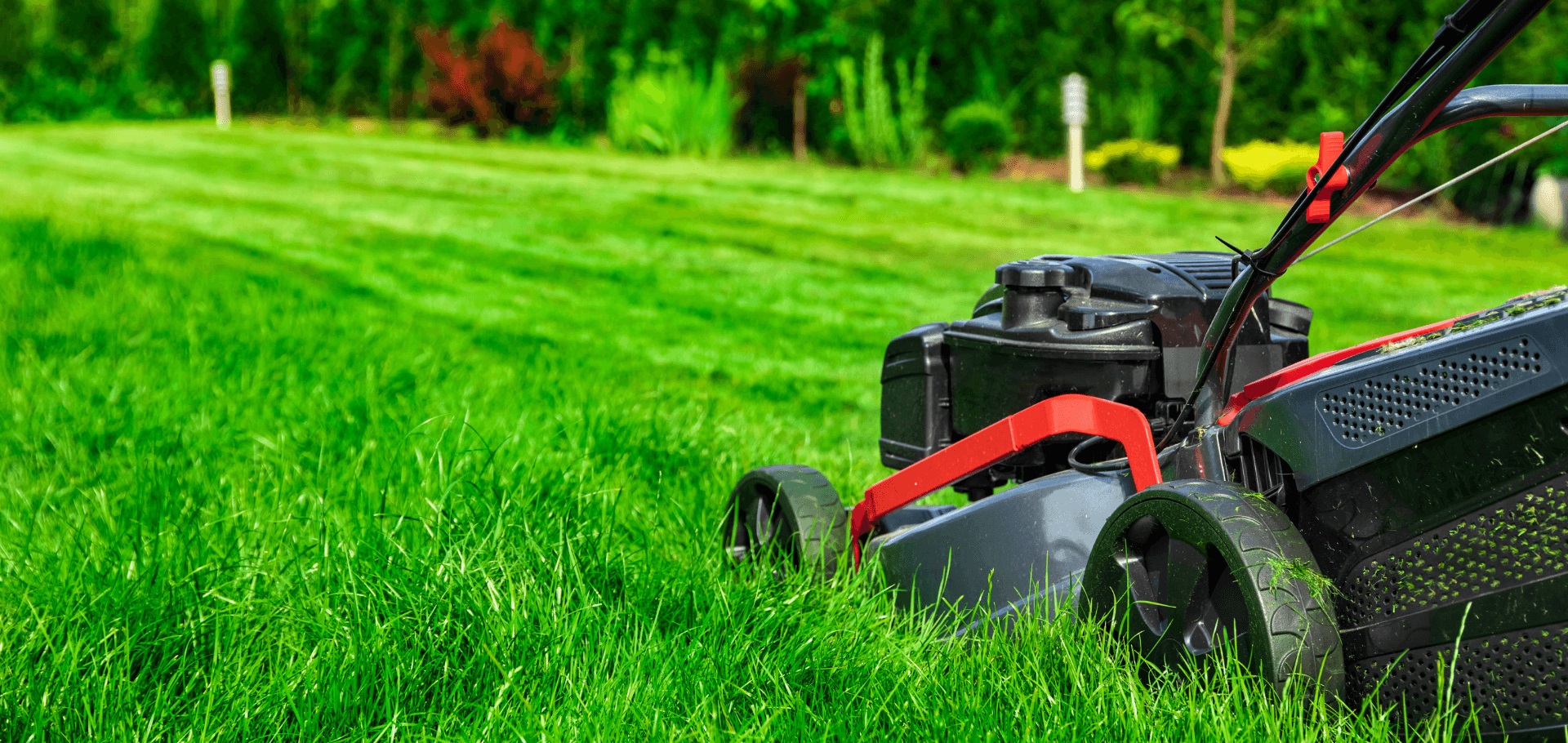
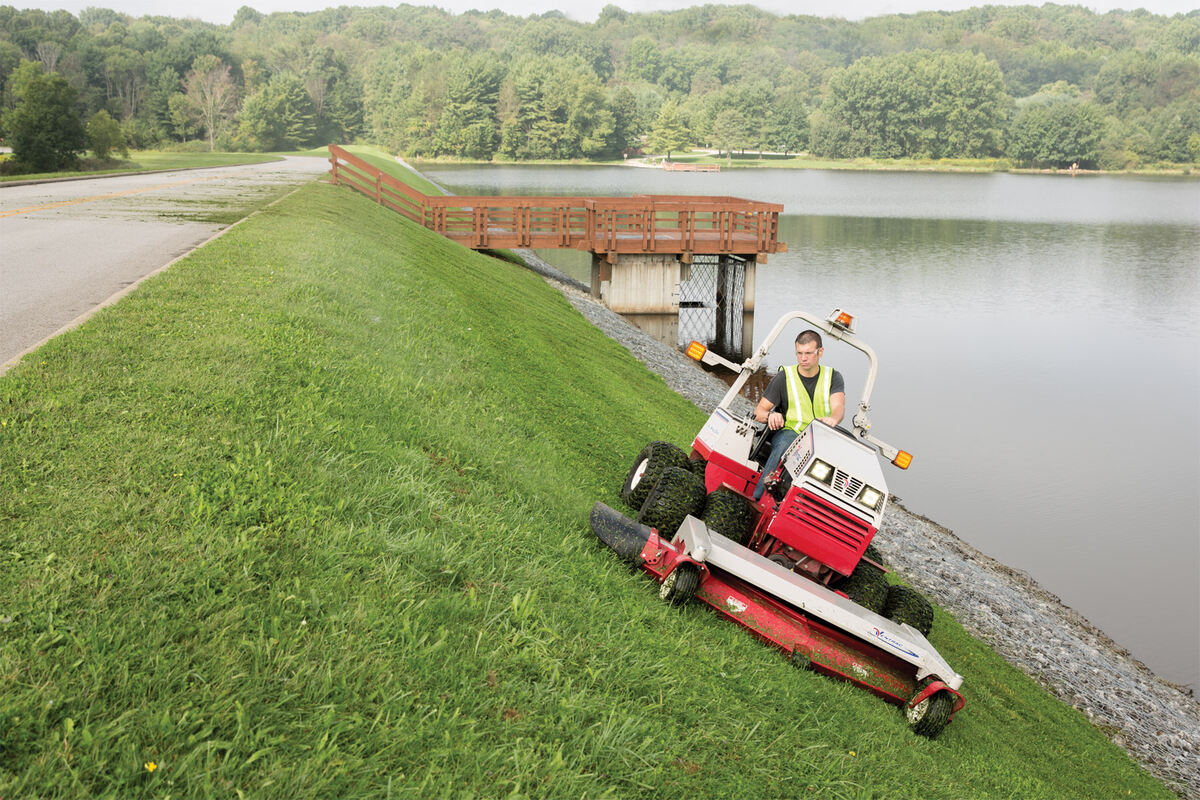
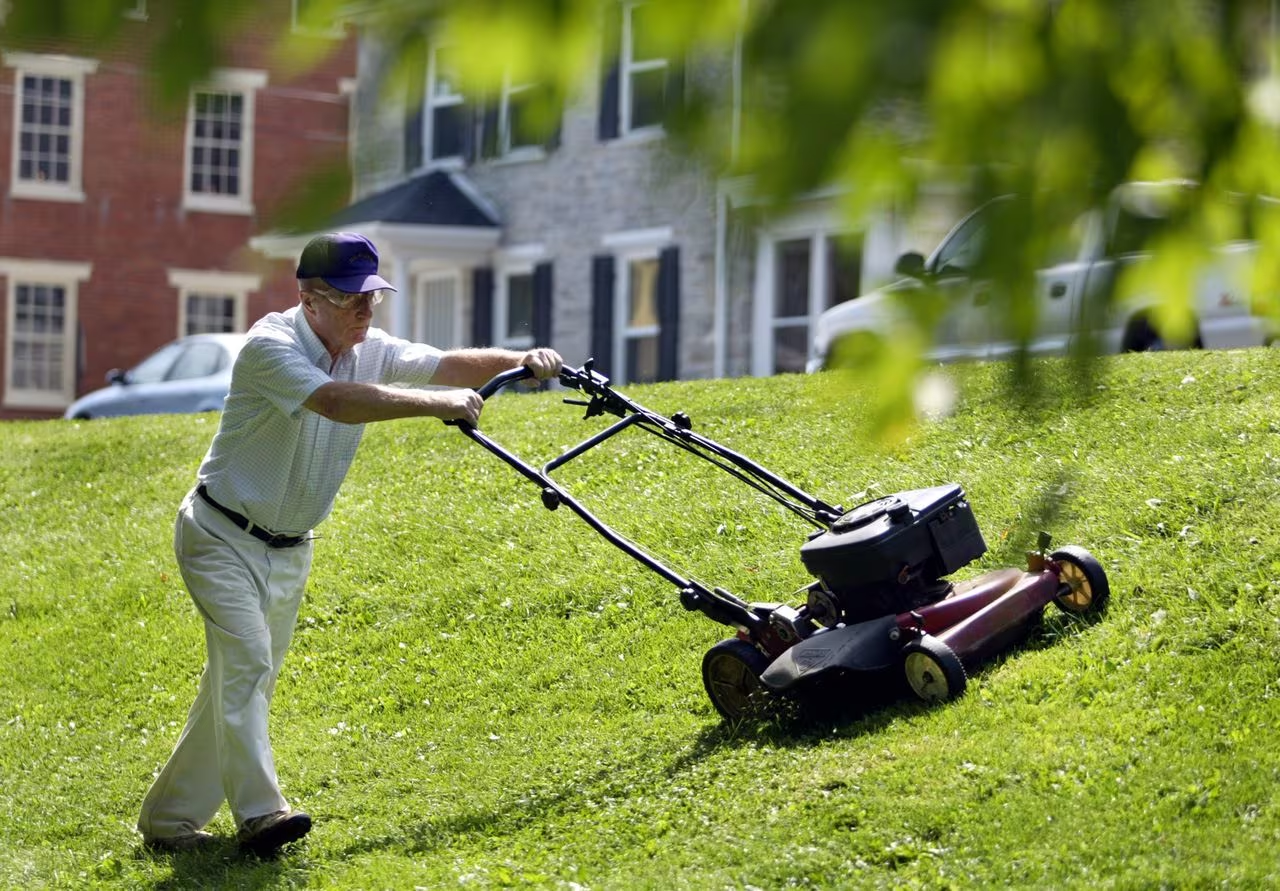
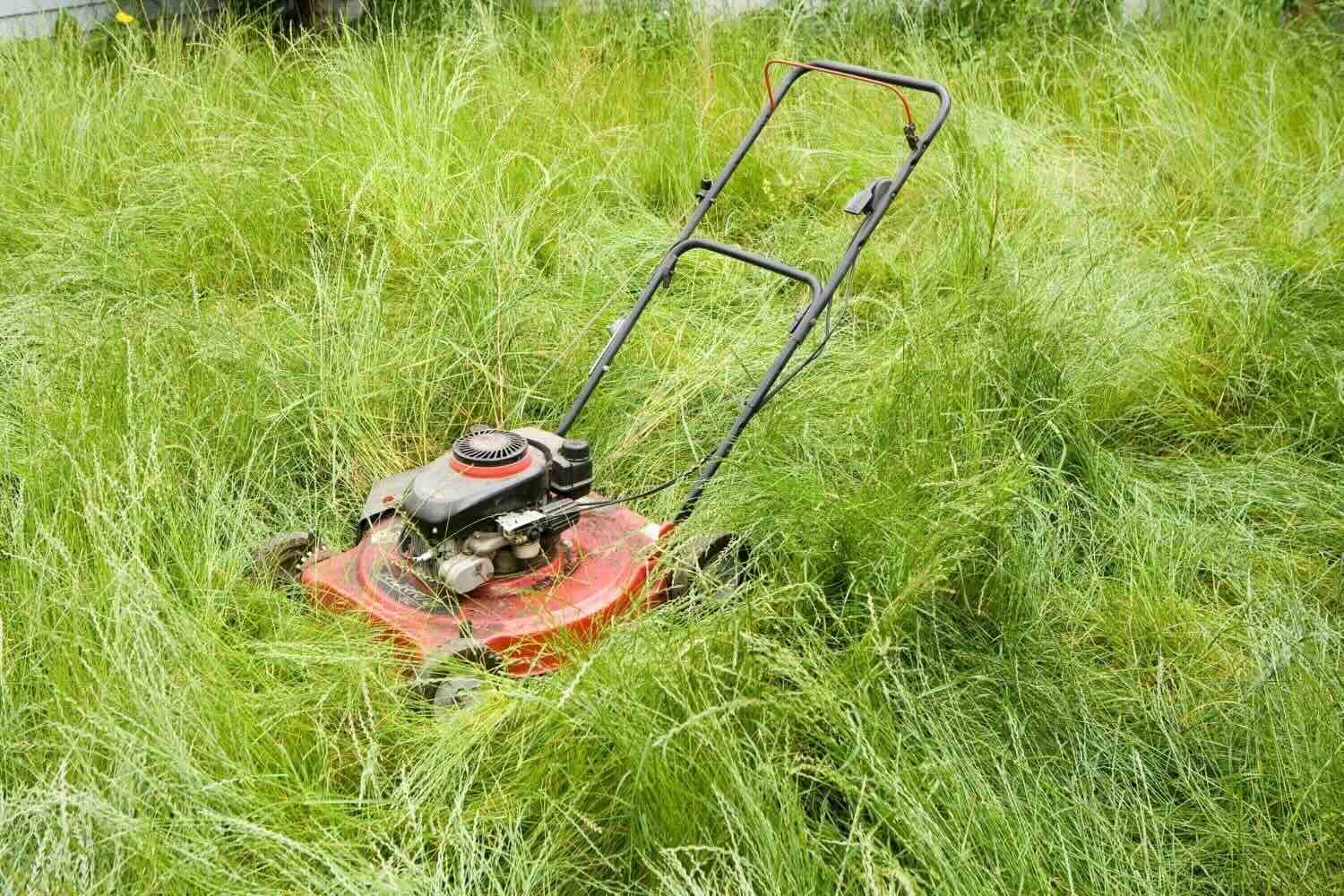
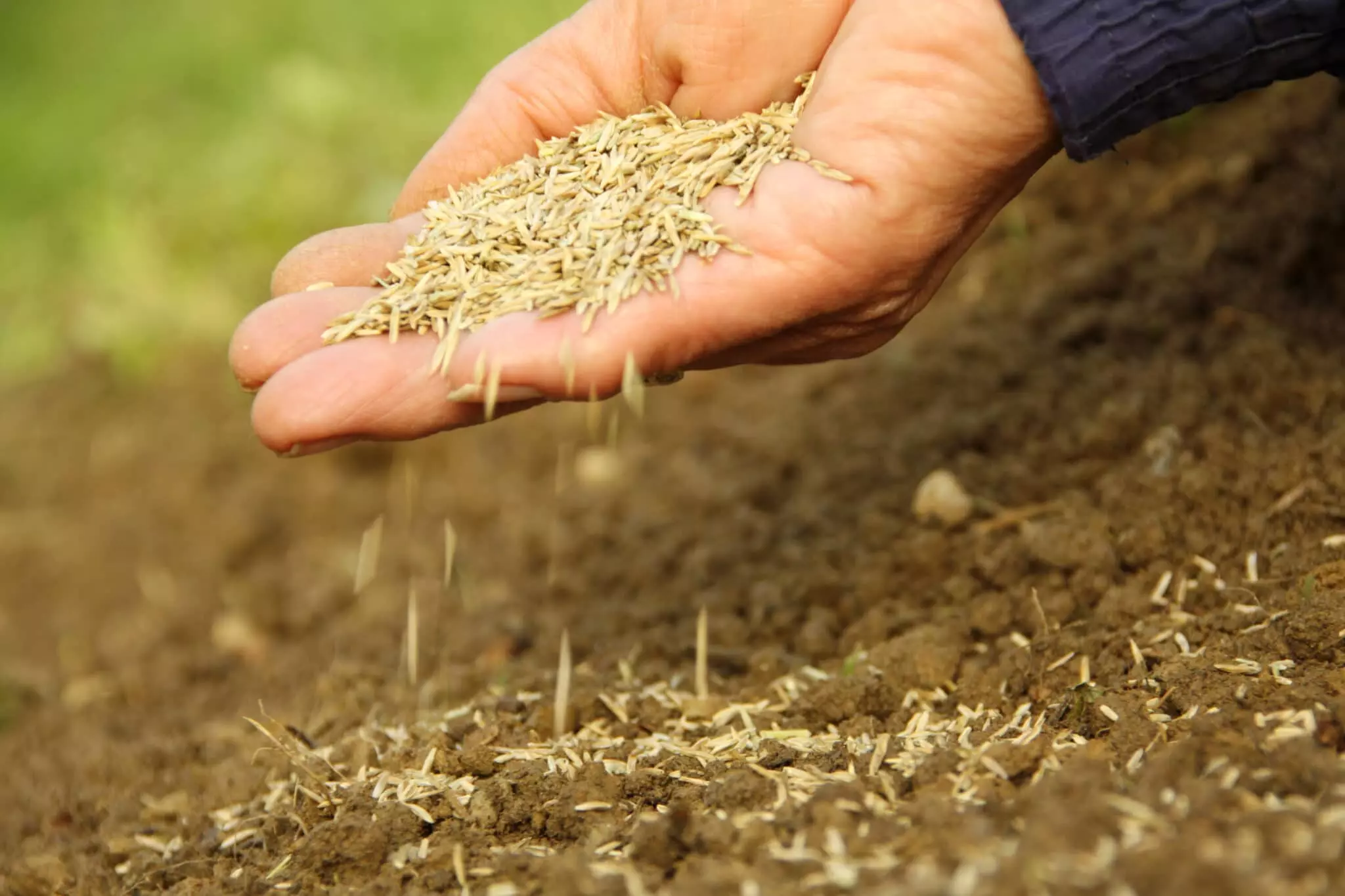
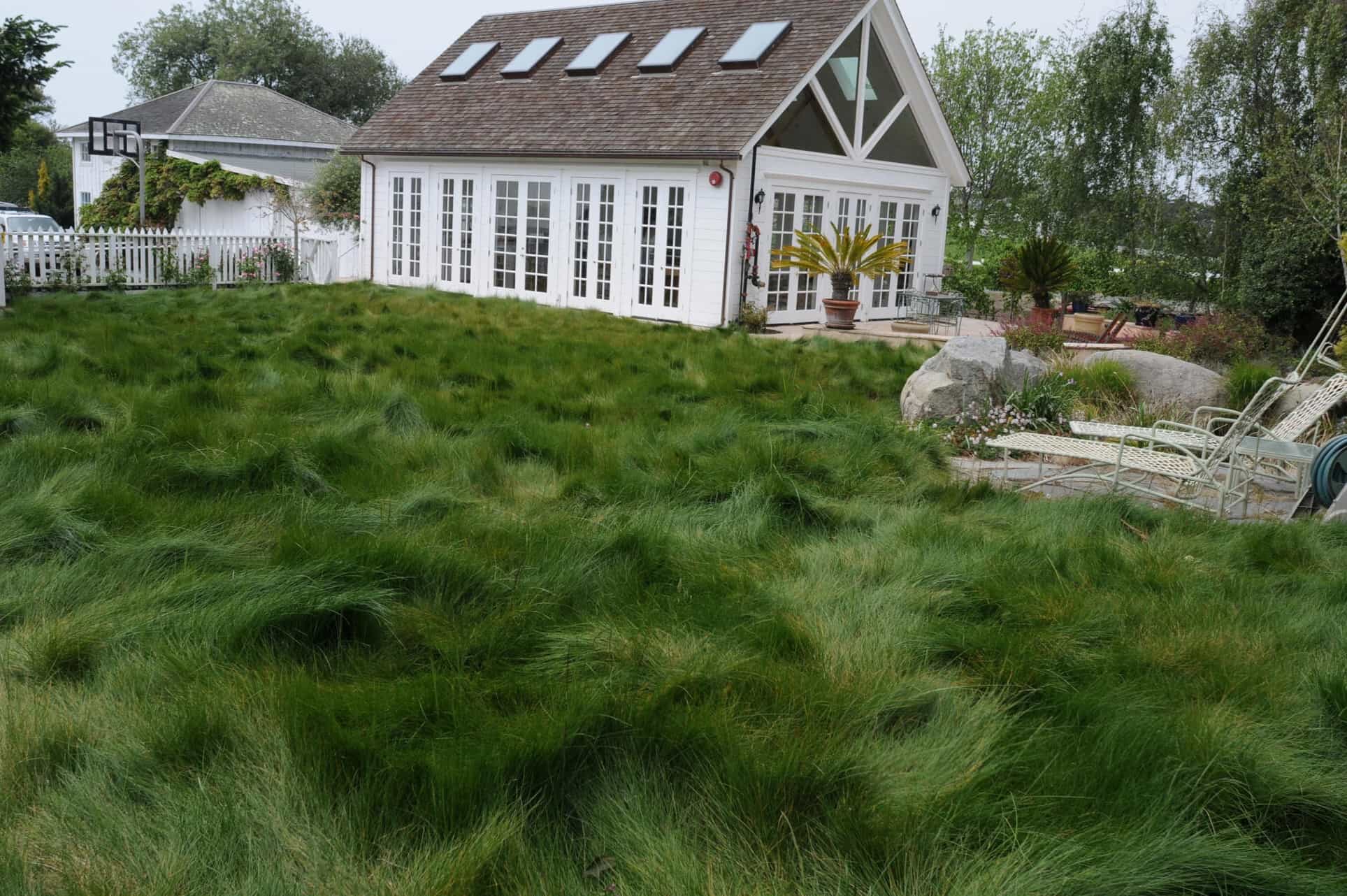
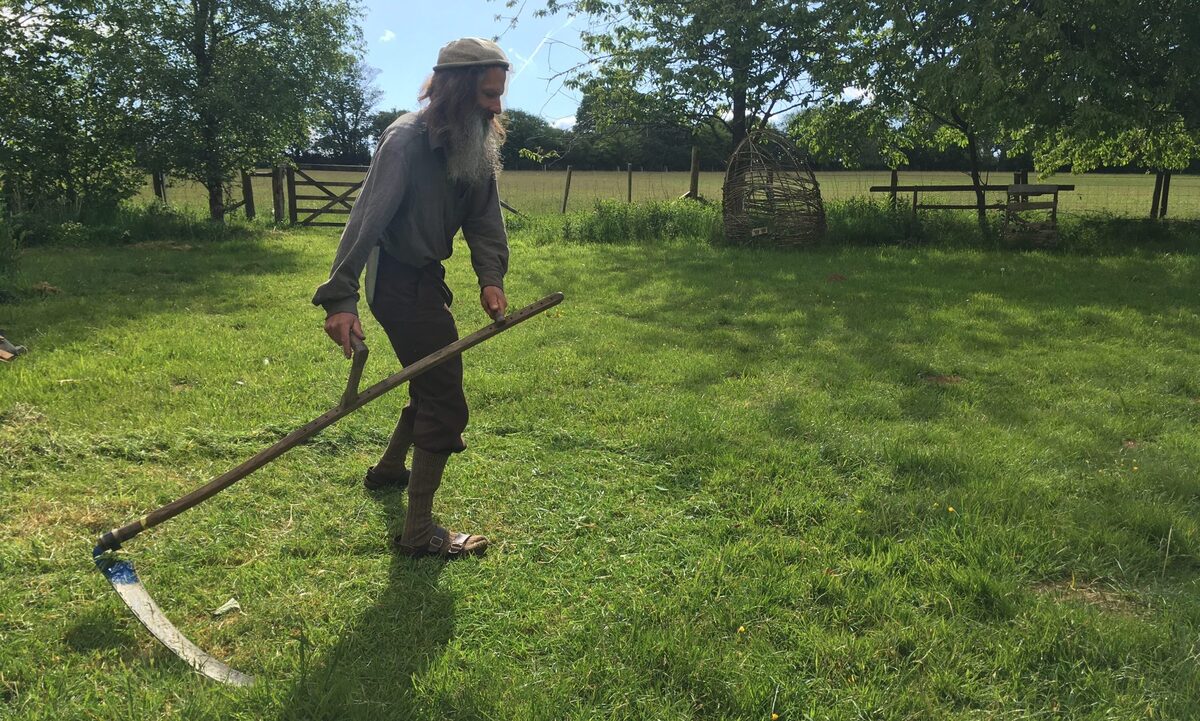
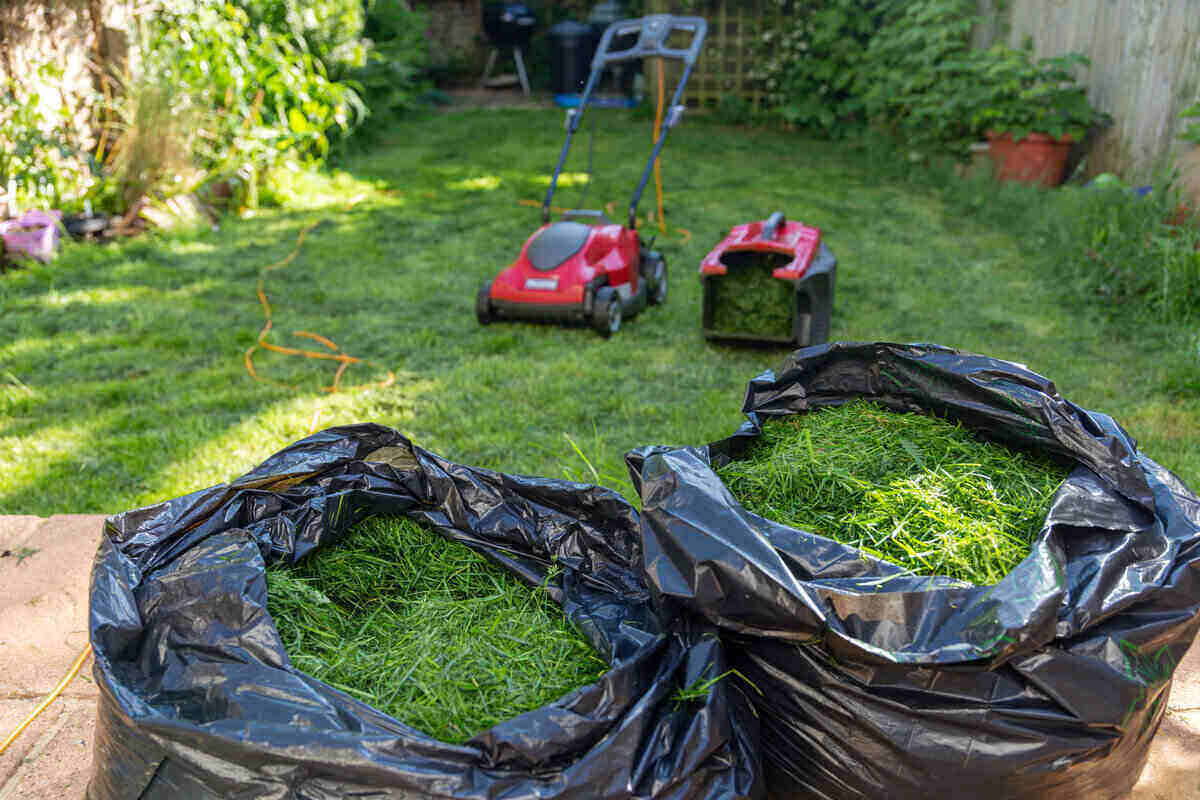
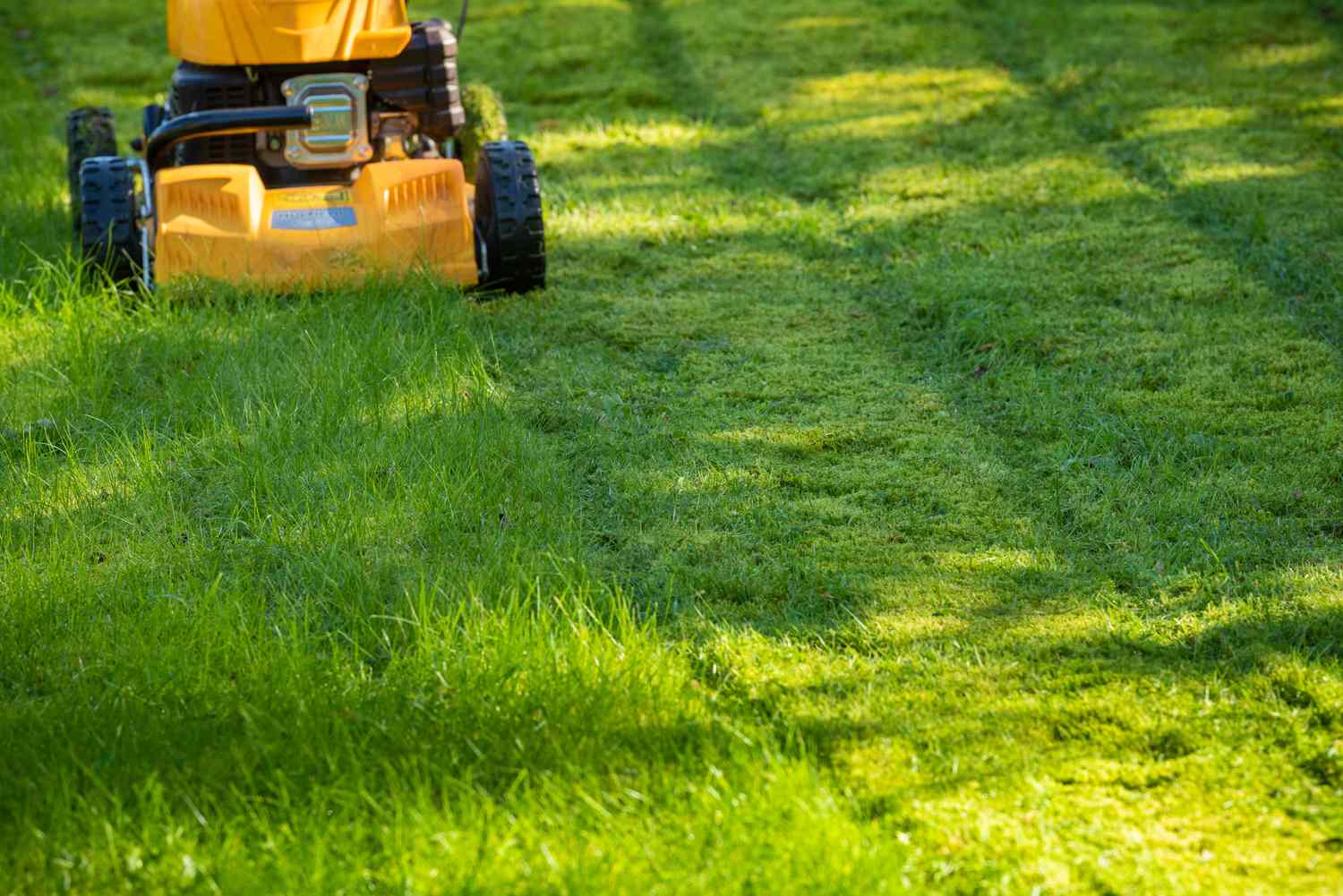
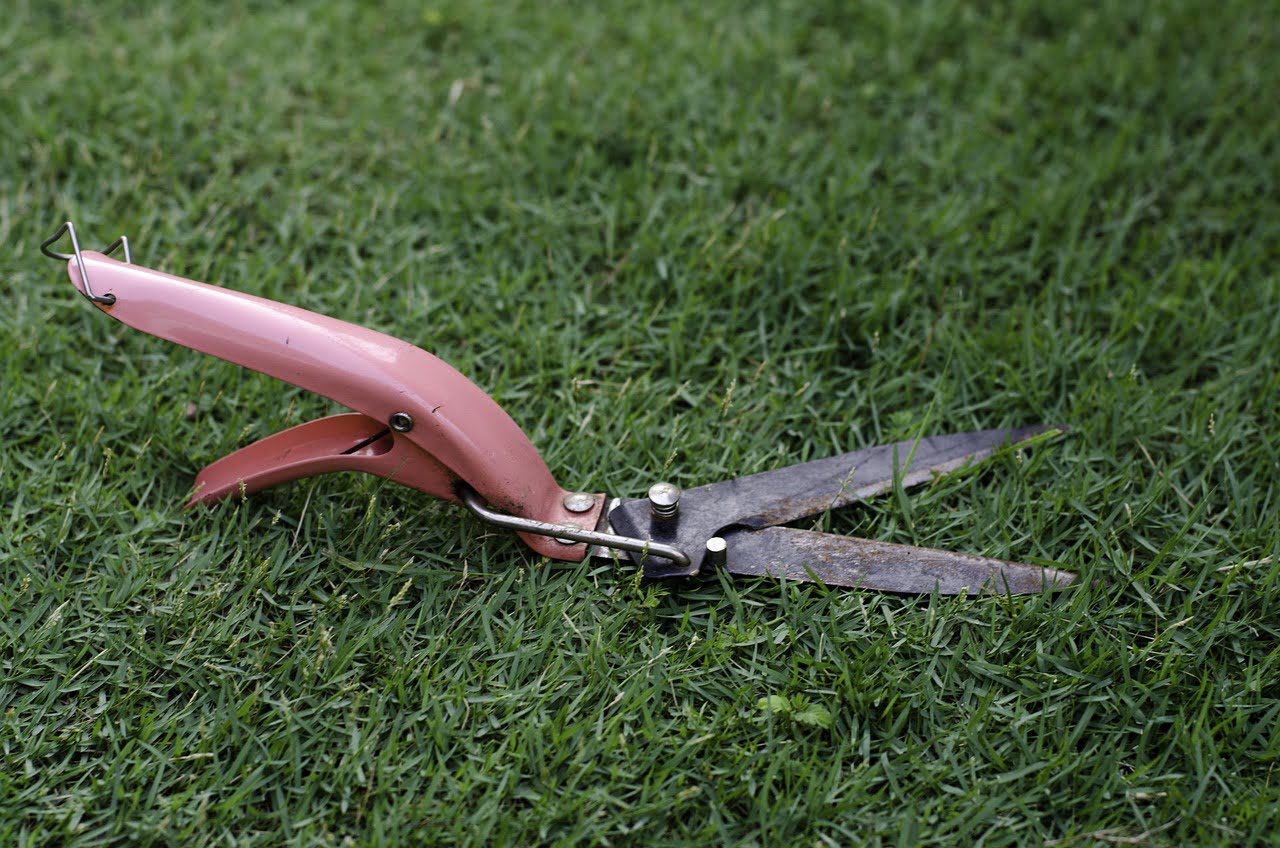
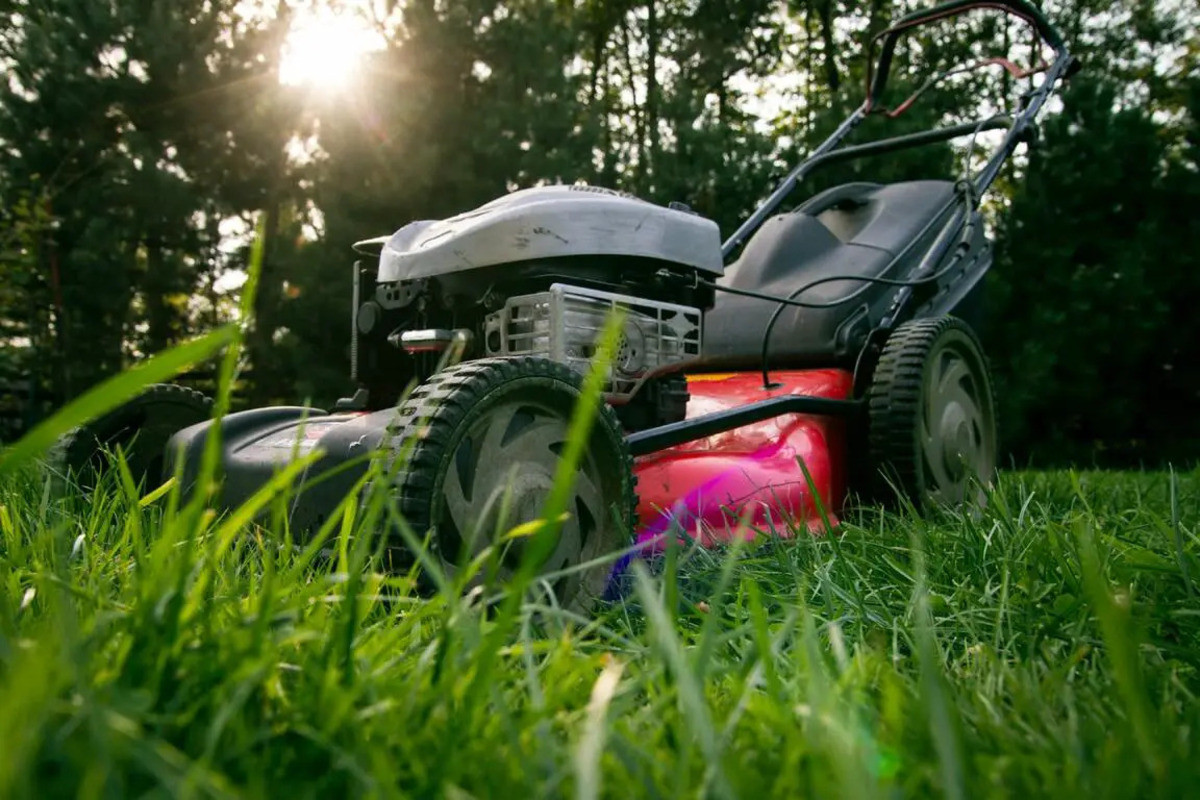
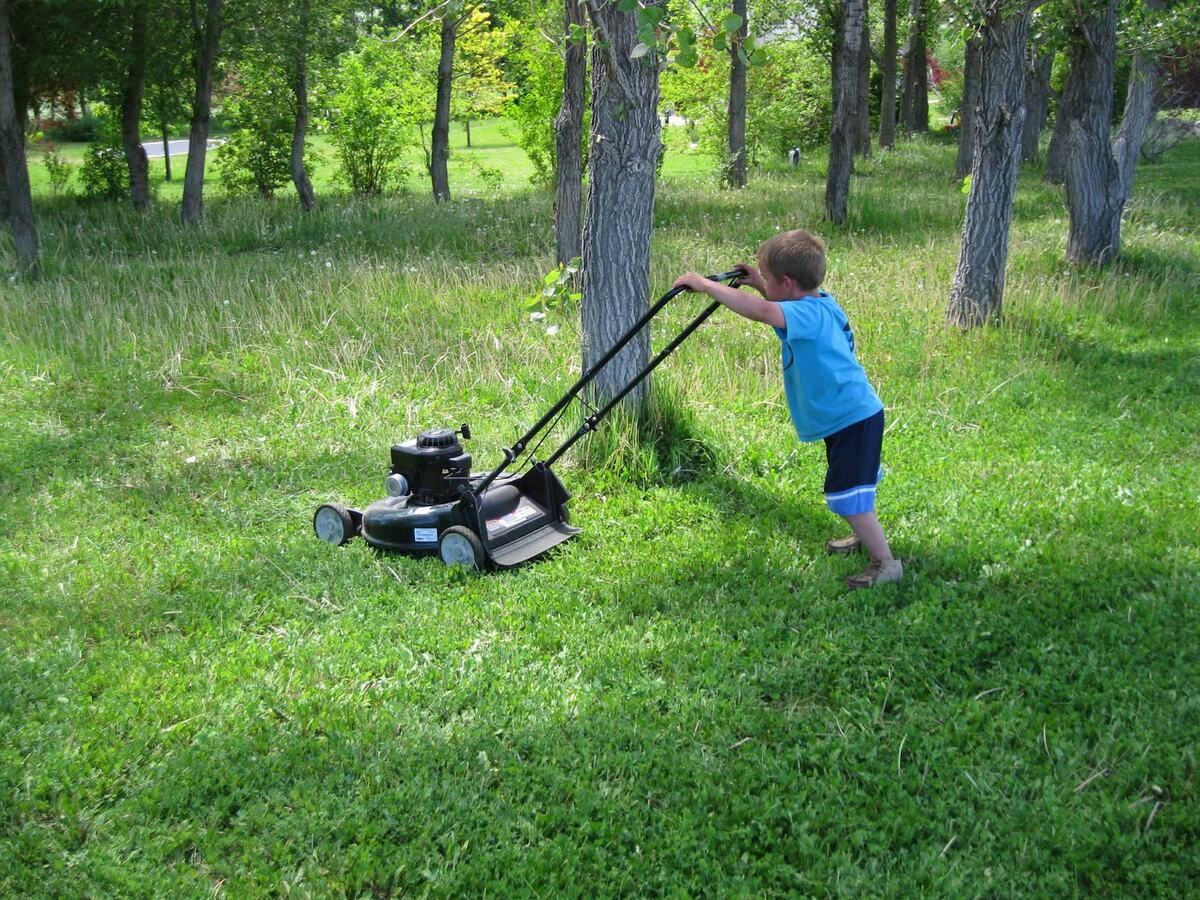

0 thoughts on “How Soon To Mow New Grass”